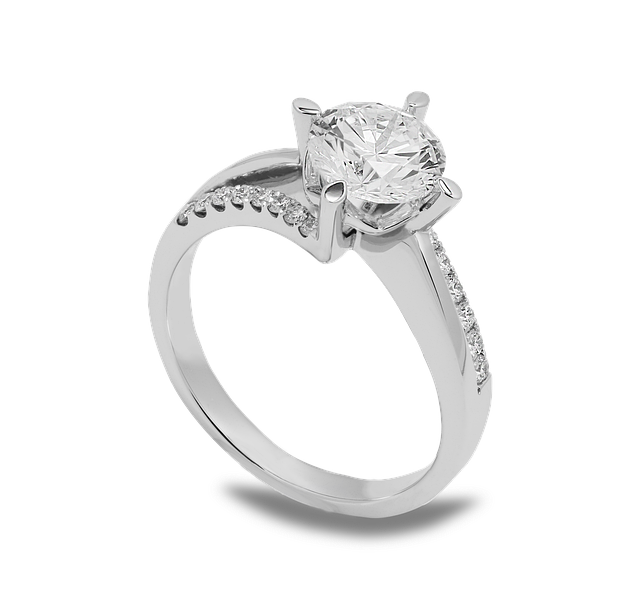The weather is warming up and the sun is finally shining. As engagement season approaches, there is generally a rise in sales in the diamond industry. With the increasing popularity of factory-made diamonds, however, authentic diamond sales have been slowing down.
Independent diamond industry analyst, Edahn Golan, explains that the number of engagement rings with a lab-made diamond sold in March increased by 63% compared to last year, while the amount of traditional engagement rings featuring a natural diamond decreased by 25%. Data from February showed an even larger increase in purchases of rings with manufactured diamonds, at 80% more than the previous year. Golan cautions, “The big fear in the natural diamonds industry is that consumers will start accepting lab-grown diamonds in engagement rings.” He continues, “Too late. It’s actually happening.”

Why the switch to man-made diamonds?
The most apparent reason is cost. With a one-carat round lab-made diamond retailing at $2,318, it’s equivalent natural stone would average at $8.740 – a difference of over 70%. This disparity enables couples to purchase larger stones without worry about compromising on clarify or perfection.
Aside from cost, manufactured diamonds are becoming more popular as the population learns more about them. Negative association connected to child labor in African diamond mines and “blood diamonds” used to finance conflict in war-torn areas leaves a bad taste to many. According to The Knot wedding planning website, the younger population is more conscientious about the background of natural diamonds and the ethical issues related. A lab-made diamond offers an appealing solution.
Large jewelry companies are accommodating these new concerns and the market trends. Zales and Kay Jewelers are producing more man-made bridal options. Pandora, the world’s largest jewelry company, made a drastic move last year, announcing the company’s plans to stop using natural diamonds altogether, and shift to manufactured diamonds only.
If the statistics from the past few months are telling, it seems that demand for manufactured diamonds will only continue to increase. As long as budget and ethics remain priorities for consumers, more jewelry companies are bound to follow the path some major ones have already taken.



